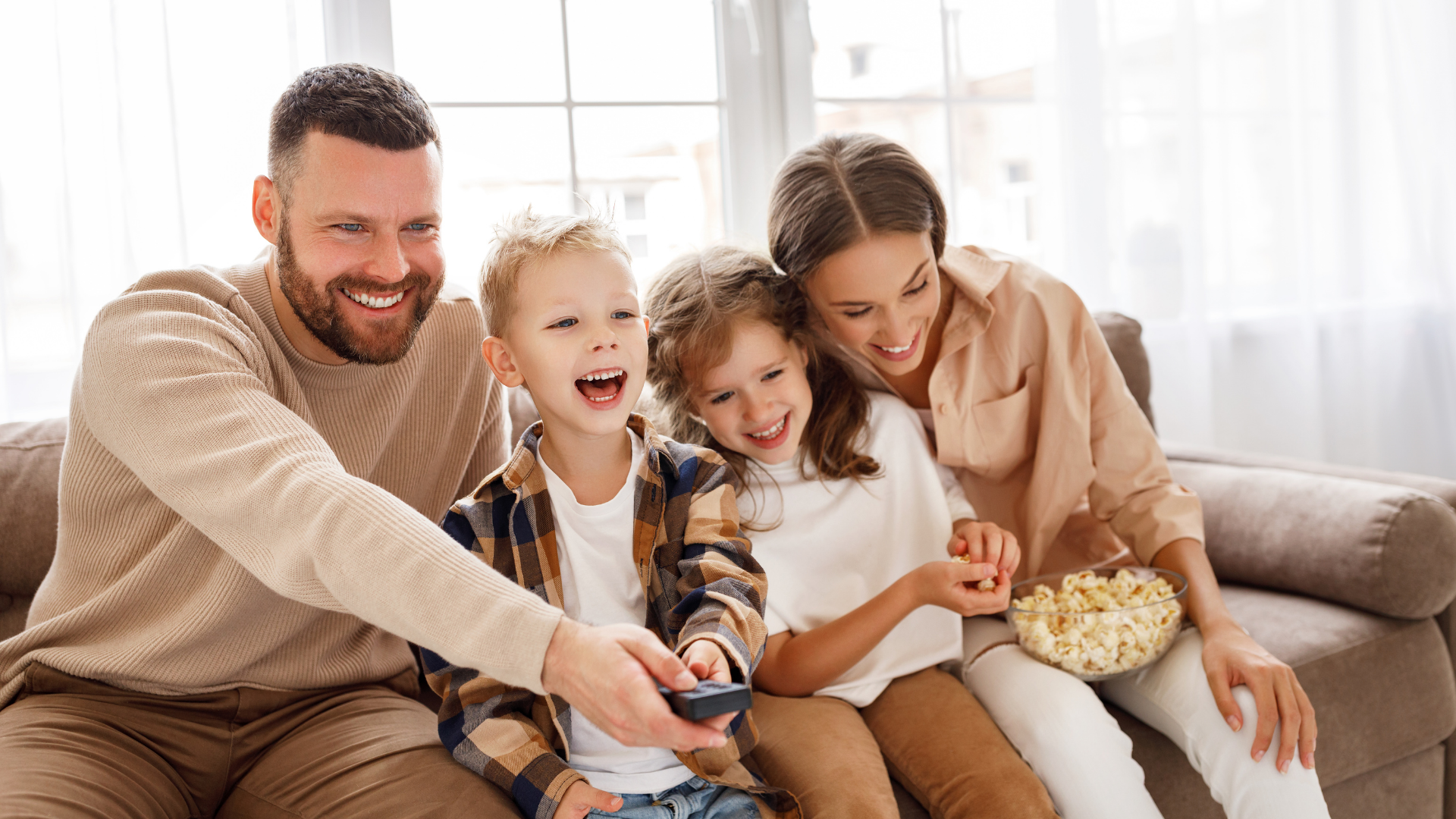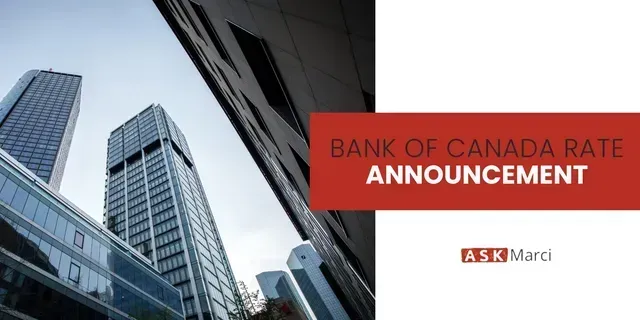Is Bigger Always Better?
No, bigger isn’t always better, but in the case of a down payment on a home, it is almost always better. You’ll free up more money month to month by putting a bigger chunk down at the start, but remember to set aside enough for “come what may”.
Let’s look at the difference between 5% down and 25% down on the purchase of a $500,000 home. We’ll assume there is no other debt, no strata fees, $2000 property taxes and a 3.29% rate.
At 5%, the down payment is $25,000 and the mortgage is $475,000. But wait! Because you need CMHC for default insurance, the mortgage goes up to $489,012.
This equates to monthly payments of $2,133 and required income of $90,000 a year to obtain the mortgage.
At 25%, the down payment is $100,000 and the mortgage is $400,000. No CMHC or other default insurance required.
In this case, monthly payments are $1,750 and income required to obtain the mortgage is $75,500.
But wait – These days lenders are offering better rates with less (yes, less) money down. So for this same mortgage with 5% down, you might actually qualify today for a rate of 3.19%. That equates to a monthly payment of $2,106. Which is a savings of just $25 per month and total interest savings of just $2,351 over the 5 years. (As an aside, some of you are probably shocked that .10% is such a small savings! Remember, it is not all about the rate – we’ll save that for another Blog post!)
Obviously, month to month, the larger down payment is going to be more comfortable. It frees up close to $400 a month. That being said, before you think about slapping every penny on the down payment, there are other considerations.
Life is uncertain. You can budget and plan to the nickel, but that doesn’t mean things will always go as planned. When considering how much to put down, keep in mind that you need to cover closing costs: realtor fees if selling another house, legal fees, (about $1,000) property tax adjustments ($1,000 to $2,000) Property Transfer Taxes (1% of the first $200,000 and 2% of balance on all purchases over $425,000 – download an app to help you calculate this on iTunes (search DBM app) – plus any moving costs or fees for renovations you may need to do.
Holding back part of that money gives you the funds you need when buying an older home. If the appliances, water tank or furnace look old, you’ll need cash available. Take a look around at the house you’re buying and think about some of the extras you might buy like a riding lawnmower or a desk that fits the new office space.
After you’ve reviewed the expected, keep in mind there is always the possibility of the unexpected.
The washer could stop without warning, the cat could need surgery or you may discover carpenter ants. Things change. Relationships change and situations change. Make sure there is enough money available for the unexpected. After you’ve settled into a mortgage with a down payment that allows for an emergency fund, manageable monthly payments and a reasonable household budget, you can always apply the extra money towards the mortgage later. Most mortgages allow principal reductions of up to 20% a year as well as an increase in mortgage payments by 20% without penalty. Both methods cut the interest you pay dramatically.
Ultimately, no matter what you do – make sure you leave some breathing room and don’t tie your money up too tight.
Share












